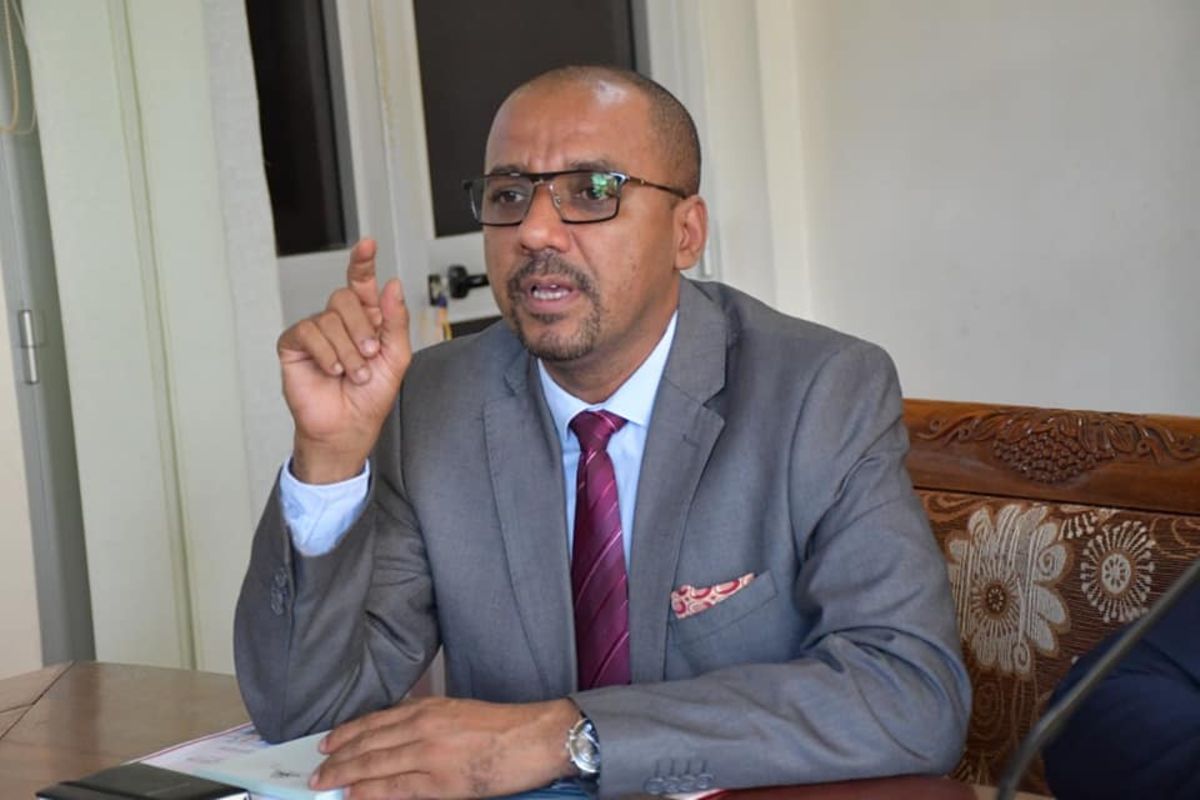In his budget speech recently, the Minister of Works highlighted the government plans to invest in more roads so as to address bottleneck points and ease movement of people and goods, within the country, but also with other countries.
Africa in general lags behind in road density compared to the World average. While there has undoubtedly been progress throughout Africa in improving the road network, the challenges remain immense. With an average of 204 kilometres of roads per 1,000 square kilometres, of which only one quarter is paved, the density of national roads in Africa lags far behind the world average of 944 kilometres per 1,000 square kilometres, of which more than half are paved. According to the World Bank, in addition to the small number of major regional trunk roads currently linking deep-sea ports to economic hinterlands, which comprise around 10,000 kilometres: “between 60,000 and 100,000 kilometres of roads are required to provide intracontinental connectivity” in Africa.
Looking at the data of road length and condition in Tanzania, it becomes clear that much has been done, and much needs to be done.
Road transport is the most widely used in Tanzania, carrying over 90 percent of the passengers and 75 percent of the freight traffic in the country.
The total road networks in Tanzania is around 181,190 km of roads, of which TANROADS is managing a total of 36,760 km, comprising 12,223 km of trunk roads, 23,846 km of regional roads and 691 km of Designated District roads. All of these are collectively known as National Roads.
The remaining 144,429 km is collector, rural, urban and feeder roads under the PORALG through Tanzania Rural and Urban Roads Agency (TARURA).
Of the national roads, (trunk, regional and designated district roads), 32.5 percent are paved. The balance, that is 67.5 percent, are not paved. This translates into 11,919 kilometres of paved national roads and 24, 841 kilometres of national unpaved roads.
Data for roads under TARURA (which include urban roads) shows that under 2 percent of TARURA roads are paved, and over 76 percent are earthen. Over half of the latter are classified as being in poor condition.
The government is doing its best to remedy the situation and great leaps forward have been realised in recent years. The African Development Bank argues that: “With such a large infrastructure gap, and urgent needs in health, education, water, energy, administrative capacity, and security, Africa has to attract private capital to accelerate the building of critical infrastructure needed to unleash its potential”.
According to the AU, African governments, including that of Tanzania, have shouldered the bulk of financing infrastructure through internal and external resources. It is however noted by the Infrastructure Consortium for Africa (ICA) that the private sector’s role is very low, averaging about 23.5 percent of total commitments in the year 2020. With rising debt-to-GDP ratios, a tax-to-GDP ratio of 13 percent, the effects of COVID-19, natural disasters, climate change, and fall outs from internal and international conflicts, the space for public spending on infrastructure has become thinner. Private sector investment is essential to complement the public sector’s efforts to sustainably finance infrastructure development.
Read: Africa need $170 billion to finance infrastructure
African governments are therefore being urged to woo the private sector into supporting government’s efforts of investing in infrastructure.
Africa’s development gap and relatively slow progress present attractive investment opportunities for developmental projects focused on building intra-regional transport networks, creating power generation solutions, revolutionising manufacturing and agro-processing, and achieving environmentally responsible natural resources extraction.
But the chances of meeting this potential are hampered by fundamental challenges limiting the involvement of potential financiers.
These challenges include environmental, social and governance (ESG) factors. Given that land is a major component in development projects, its access and use with ease has the potential of creating a conducive framework for private sector investment in these sectors of infrastructure.
There has been an increasing number of privately-financed road projects in various parts of Africa, some already completed and some currently under development, indicating that private capital can, and will play an increasing role in the financing and development of the African roads network.
Lessons learnt from PPPs that have been implemented or have been attempted, include the need to have a conducive legal framework, which, among others, addresses matters of land acquisition; and the necessary steps to minimise private sector investment risks.
Land acquisition is always a sensitive issue in road projects (as with any linear infrastructure projects, such as rail and pipeline projects). Land acquisitions in sub-Saharan Africa and the safeguarding of the selected land corridor raise issues which are common to the development of infrastructure in most developing countries, including Tanzania.
It is time think-tanks in Tanzania, including those well-grounded in the land sector, put their heads together and came up with a blue print that will see the private sector invest in roads in the country.















